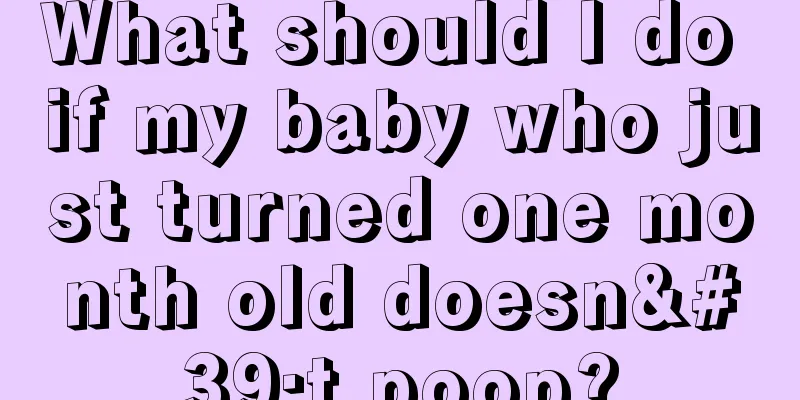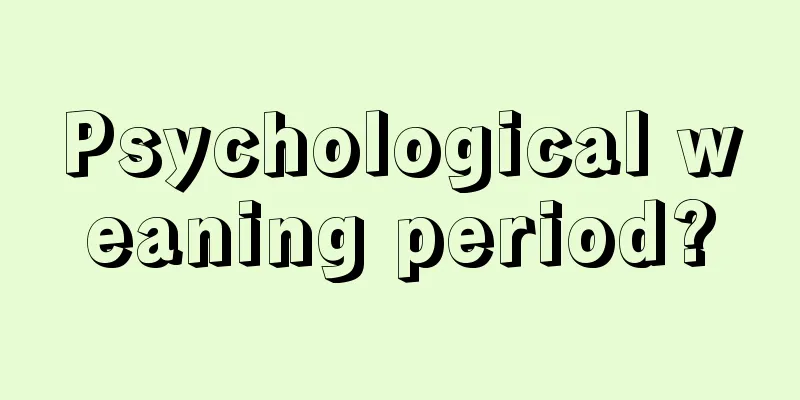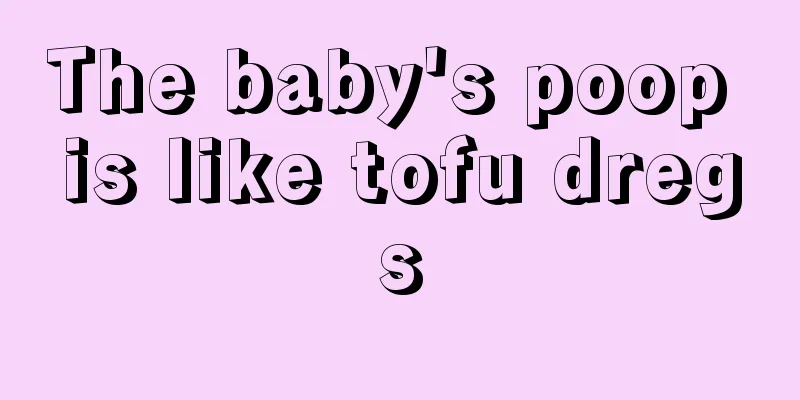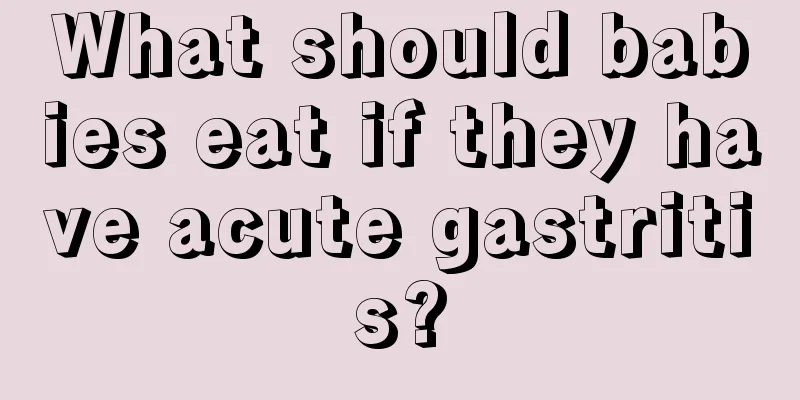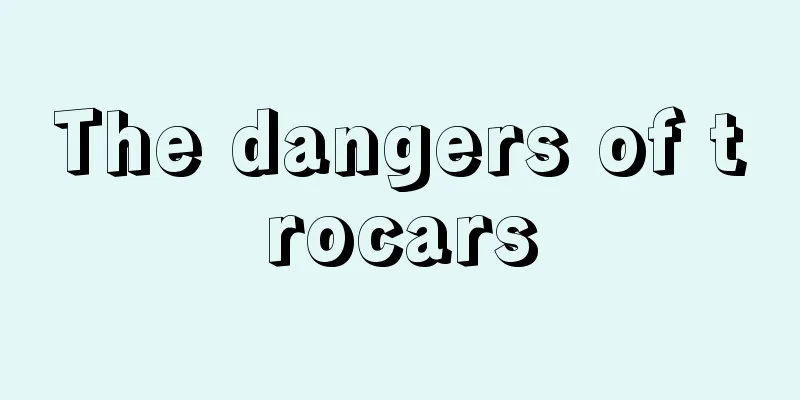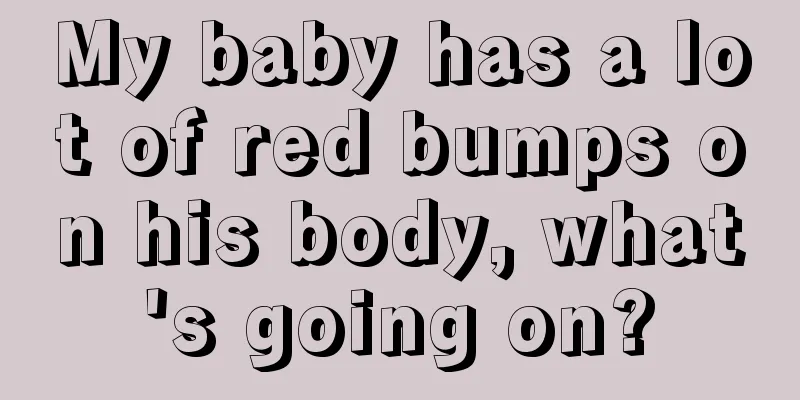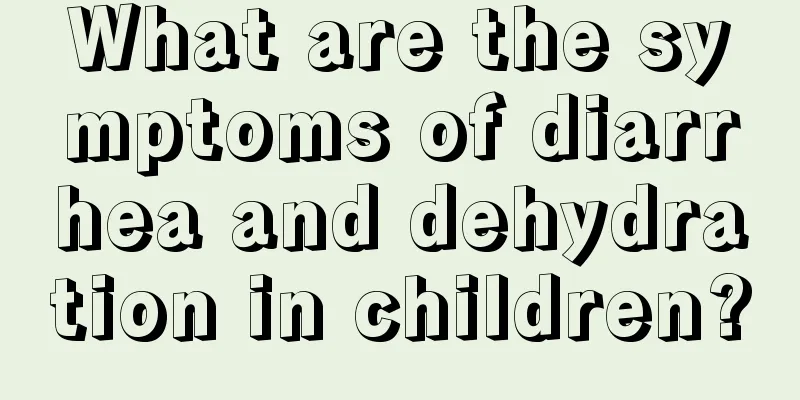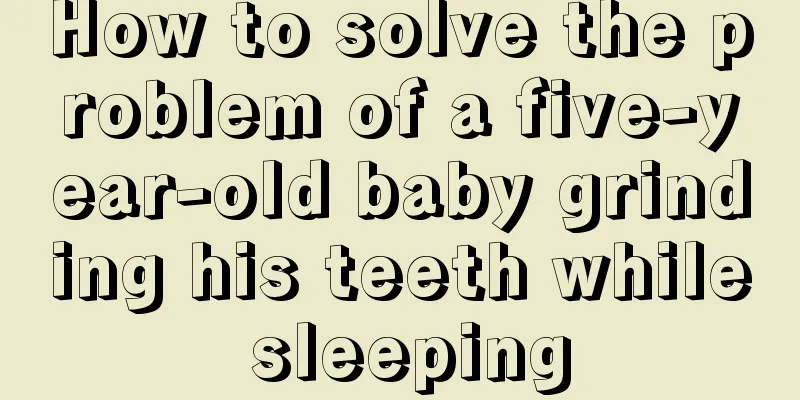What are the symptoms of seizures in children?
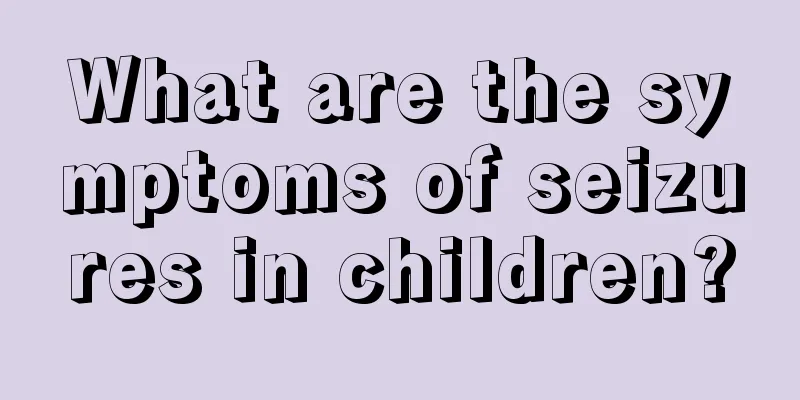
|
In fact, the symptom of convulsion is what we often call seizure symptoms in our daily life. Many convulsion symptoms are congenital, so convulsion symptoms often occur in some children. Once convulsion symptoms occur, the situation is very serious, and even makes parents very worried. Moreover, some convulsion symptoms occur too frequently and may even cause sequelae to the child's body. What are the main symptoms of seizures in children? Clinical manifestations 1. Convulsions A few people may have signs before an attack: extreme irritability or "startling" from time to time, mental tension; frightened expression, sudden increase in muscle tension in the limbs; sudden rapid, paused or irregular breathing; sudden rise in body temperature, drastic change in complexion; pupils of different sizes; and uneven edges. Typical manifestations are sudden onset, loss of consciousness, head tilted back, fixed upward or squinting eyes, foaming at the mouth, clenched jaws, and clonus or tonic convulsions of the facial or limb muscles. In severe cases, neck stiffness, opisthotonos, irregular breathing, cyanosis, or incontinence may occur. The duration may be from a few seconds to several minutes or longer. Then turn into drowsiness or coma. Examination during or shortly after an attack may reveal signs such as dilated pupils, slow reaction to light, and positive pathological reflexes. Consciousness is restored shortly after the attack stops. During hypocalcemia convulsions, the child may be conscious. If the patient convulses again before consciousness is restored or the convulsions persist, it indicates that the condition is serious and may lead to death due to cerebral edema or respiratory failure. If the location of the twitch is localized and constant, it often has localization significance. Neonatal convulsions are often manifested as a variety of amorphous and changeable abnormal movements, such as apnea, irregular breathing, staring eyes, paroxysmal pallor or cyanosis. Convulsions in infants and young children sometimes only manifest as twitching of the corners of the mouth or eyes, twitching of one limb, or alternating twitching of both limbs. Neonatal convulsions are rarely manifested by systemic convulsions, but are often manifested by irregular or paused breathing, paroxysmal cyanosis or pallor, staring eyes, nystagmus, blinking movements, or sucking and chewing movements. 2. Status convulsus It refers to a seizure that lasts for more than 30 minutes, or a seizure in which consciousness cannot be fully restored. It is a critical type of convulsion. Prolonged convulsions can cause high fever, hypoxic brain damage, cerebral edema and even brain herniation. 3. High fever convulsions It is common in children between 6 months and 4 years old. Convulsions usually occur in the early stage of fever and are short-lived. It is rare for multiple seizures to occur consecutively during a single febrile illness. It often occurs within 12 hours of fever. Consciousness recovers quickly after the attack, and there are no positive neurological signs. The EEG returns to normal one week after the fever subsides. This is a simple febrile convulsion with a good prognosis. The onset age of complex febrile seizures is uncertain, often occurring before 6 months or after 6 years of age. Initially, it is a high fever seizure. After several seizures, convulsions may occur with low fever or even without fever. Sometimes, the seizures occur repeatedly, and each seizure lasts longer, more than 15 minutes. The EEG examination is still abnormal 2 weeks after the seizure, and the prognosis is poor. The probability of developing epilepsy is 15% to 30%. Differential Diagnosis Determining whether a newborn, especially a premature baby, is having a seizure can sometimes be difficult. Any strange habitual phenomenon or subtle twitching that occurs repeatedly and periodically, especially when accompanied by upward rolling of the eyeballs or abnormal movements and has the cause of convulsions, should be considered as a seizure. Convulsions should be differentiated from the following phenomena. 1. Neonatal startle is a large-amplitude, high-frequency, rhythmic limb shaking or clonic movement, which can be eliminated by passive flexion of the limbs or change of body position, and is not accompanied by eye or mouth movements. It is common in normal newborns when they transition from sleep to wakefulness. When stimulated by external factors or when hungry. Convulsions are rhythmic twitching with varying amplitudes that are not affected by stimulation or flexion of the limbs. When the twitching limbs are pressed to try to stop the attack, muscle contractions are still felt, and are often accompanied by abnormal eye, mouth and cheek movements. 2. Non-convulsive apnea: This attack lasts 10 to 15 seconds per episode in full-term infants and 10 to 20 seconds per episode in premature infants, accompanied by a heart rate slowing by more than 40%. Convulsive respiratory arrest attacks occur every 15 seconds in full-term infants and 20 seconds in premature infants. They are not accompanied by changes in heart rate, but are accompanied by convulsions in other parts of the body and changes in the electroencephalogram. 3. Rapid eye movement sleep phase includes eye twitches, brief respiratory arrests, rhythmic chewing, strange facial expressions, smiling, body twisting, etc. But it disappears after waking up. |
>>: What diseases are premature babies prone to?
Recommend
What should I do if my baby's calf is red and swollen?
In real life, babies not only need to take care o...
What causes ADHD in children?
Attention deficit hyperactivity disorder (ADHD) i...
Baby's poop looks a bit like snot
If you learn more about parenting knowledge, you ...
How to treat lymphadenitis in children
Lymph node inflammation usually comes in two type...
How to treat a child’s face fever?
Children have weak resistance and once they are i...
When is the right age to do circumcision?
Many parents will encounter a problem. Their chil...
How do children grow taller?
The height of children at home is one of the aspe...
What to do if your baby has diarrhea and watery stools
When many parents find that their baby has diarrh...
Why does my 4-year-old baby drool while sleeping at night?
It is normal for children to drool when they are ...
What is the best way to treat asthma in children?
Many parents are worried about their children suf...
What should I do if my newborn baby likes to stick out his tongue?
I believe everyone is used to seeing children sti...
Causes and treatments of baby's scalp peeling
When babies are just arriving, there will be many...
What are the reasons for hair loss in three-year-old children?
For a three-year-old baby, hair loss is generally...
What to do if your two-year-old baby has a fever
Children around one year old are still relatively...
What should I do if my child's butt is red?
We all know that in the process of taking care of...
